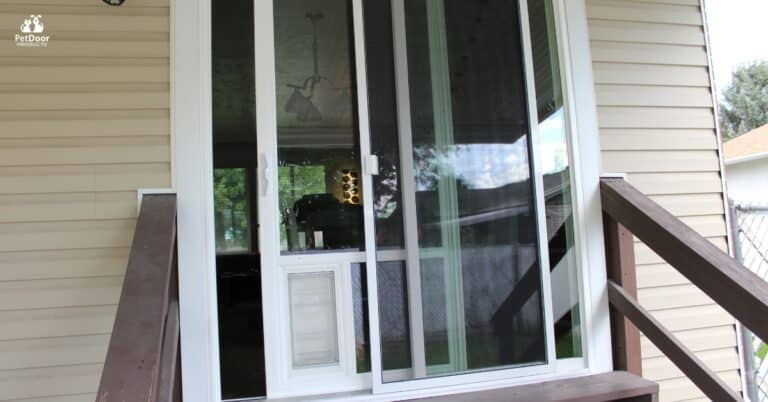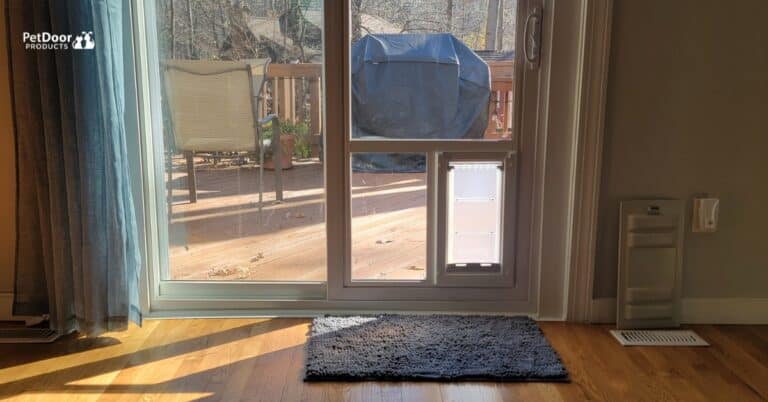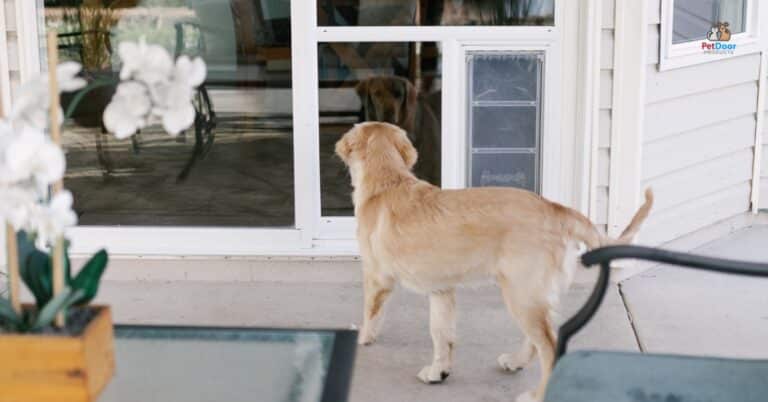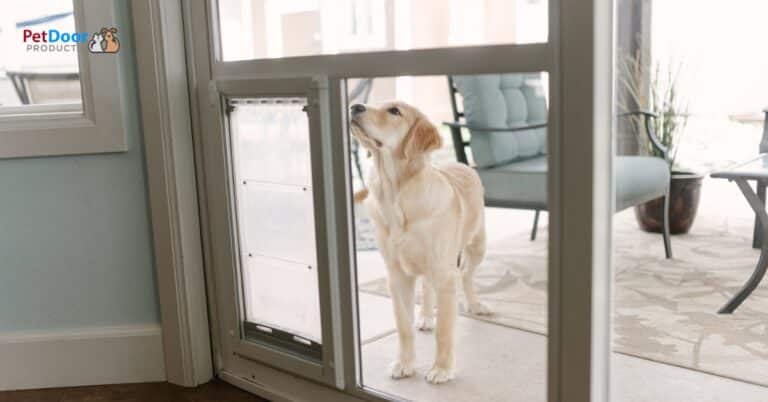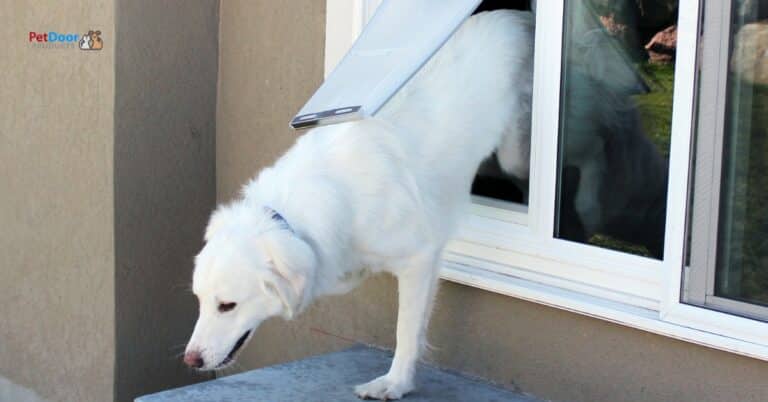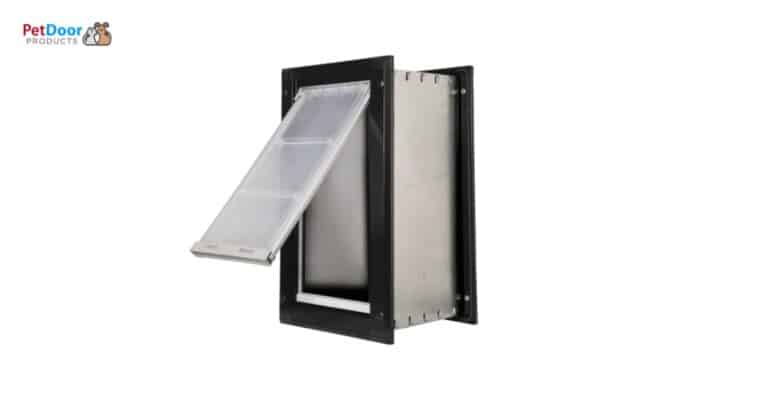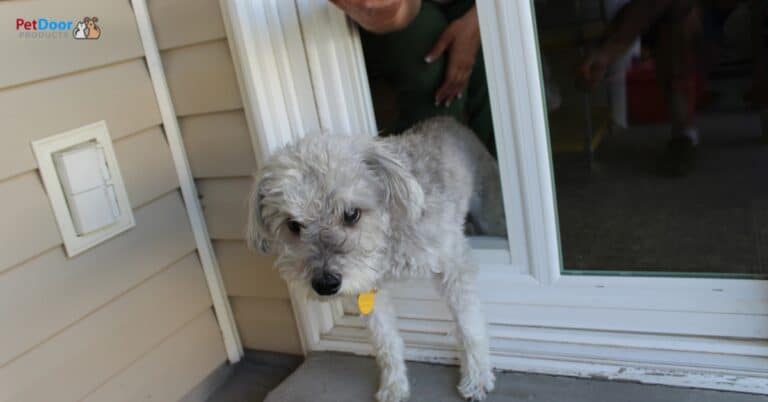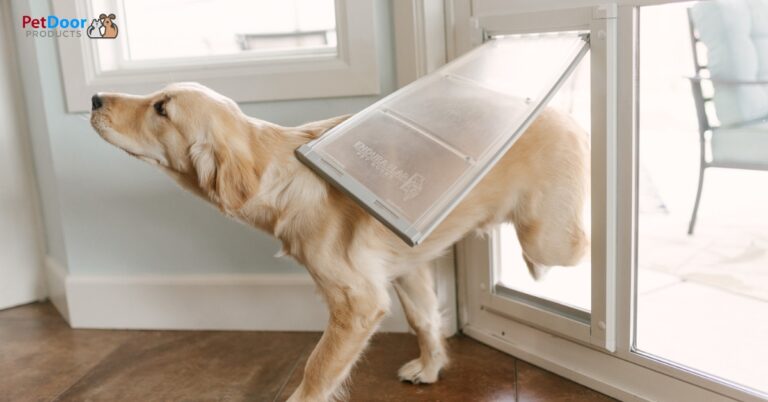
How Long Is Too Long to Leave Your Dog in a Crate

Many families have a very active and curious puppy or adult dog that must be left at home alone during the workday. If the pet is not yet fully house-trained, a crate is sometimes the solution of last resort until the dog reliably uses the designated doggie bathroom spot. It’s important to emphasize that caging a dog should be the last option for managing a pet. Because leaving a dog in a crate for too long can cause serious behavioral problems.
How Long Can a Dog Stay in a Crate?
So, leaving a dog in a crate while at work is unhealthy for your pet, mentally and physically. Many people are unsure about how long to crate a dog at night. The answer is the same as for the daytime. The dog should not be left in a crate for hours at a time. Dogs need a greater extent of freedom. They need play and training. Leaving a dog locked in a crate for too much time can be counterproductive as a training or management method as well.
If you’re wondering why your dog is whining in the crate or you cannot stop the dog from barking in the crate, the answer is that the dog is extremely unhappy being caged, to the point that his/her mental and physical health are being compromised by being trapped for prolonged periods in the small container.
When crate training a dog, the crate should be used minimally. Ideally, have someone stay with the dog while you are working or install a pet door to allow the dog to freely go outside to use the bathroom while you are working or sleeping. If you are not in a position to use such alternatives to crate training an adult dog or puppy, then you may be better advised to wait to adopt a dog until you can more humanely accommodate a pet animal without caging it in a small crate for long periods.
Reasons Why Some People Use a Crate
Here are some reasons why people try using a crate to help acclimate a new puppy or adult dog to living in their home:
- Increased sense of security: For some dogs, being in a crate can give a sense of security that makes the animal feel calmer and comforted. Since dogs tend not to urinate or defecate in the immediate area where they sleep, a crate can be helpful with house training. If your dog is having difficulty completing house training, temporarily using a crate for very brief periods may help avoid accidents.
- Calming a hyperactive dog: For a hyperactive dog, using a crate briefly may help calm the pet animal. This strategy does work for many families who have found their pets have been easier to manage and train. But, many others have found that they can manage their pet better by using the crate to prevent accidents throughout the house.
Better Options than a Crate
But, generally, you should find a better alternative to caging your dog. For example, if you can have someone stay at your home to dog sit with your pet during your work hours, that’s an ideal solution. Or, consider dropping off your dog at your pet sitter’s home or doggie daycare. Or, you may opt to create a gated kitchen or basement with windows or another room to give your dog much more freedom. Or, install a dog door to give your dog freedom to exercise by running and playing.
Serious Negative Side Effects of Using a Dog Crate
Further, leaving your dog in a crate too long can make the dog begin to feel resentful and angry about being locked in the cage for long periods. The dog may start resisting entering the cage, and he/she may feel anxiety in the crate instead of feeling calmer and more relaxed as planned. Dogs can develop problems of aggression and even serious health problems from being trapped in a crate routinely for long hours.
Methods for More Humane and Successful Crate Training
Here are some ways to make the crate experience more tolerable for your dog and more productive for your purposes of using the crate as a temporary training tool.
- Start crate training at the earliest age possible. Puppies can much more easily adapt to being in a crate than an adult dog can. Try alternatives to crate training an adult dog.
- First, put the cage in a spot where your dog enjoys spending time and where the temperature is comfortable for him/her.
- Put treats in the crate as well as dog chew toys or a bone to help your dog cope with extreme boredom.
- Leave the crate door open when introducing the crate to help your pet get used to being in the crate. Then, very gradually, start closing the door for short periods of minutes. Gradually increase the locked periods.
- Make sure the crate is as large as you can provide. It should be large enough for your dog to move around as freely as possible. There should be more than just enough room to turn around and make sure your dog can stand, sit, and lie stretched out comfortably on his or her side.
IMPORTANT: Above all, do not use the crate to punish your dog. That trains the dog to fear the crate. Naturally, if the crate is treated as a punishment, you can expect the dog to resist going in, and potentially become aggressive when forced into the crate.
Why Choose Pet Door Products?
Pet Door Products manufactures the world’s best energy-efficient pet doors. High-quality versions of all popular pet door models are available in addition to our state-of-the-art sliding glass pet doors. A pet door allows your dog to freely go in and out of your house to the yard, which can resolve the issue for many people of what to do with their dog during work hours.
To order an energy-efficient pet door for your dog, call Pet Door Products at (801) 973-8000, or contact us online!
- The Best Dog Door Sliding Door Option in the United States that Solves Your Pet’s Outdoor Access Dilemma - September 15, 2023
- Revamp Your Home this Summer: Incorporate a Dog Door into Your Sliding Glass Door - September 4, 2023
- July Special: Avoid the Middleman Markup with Custom Built Glass Door Doggie Doors - July 24, 2023

